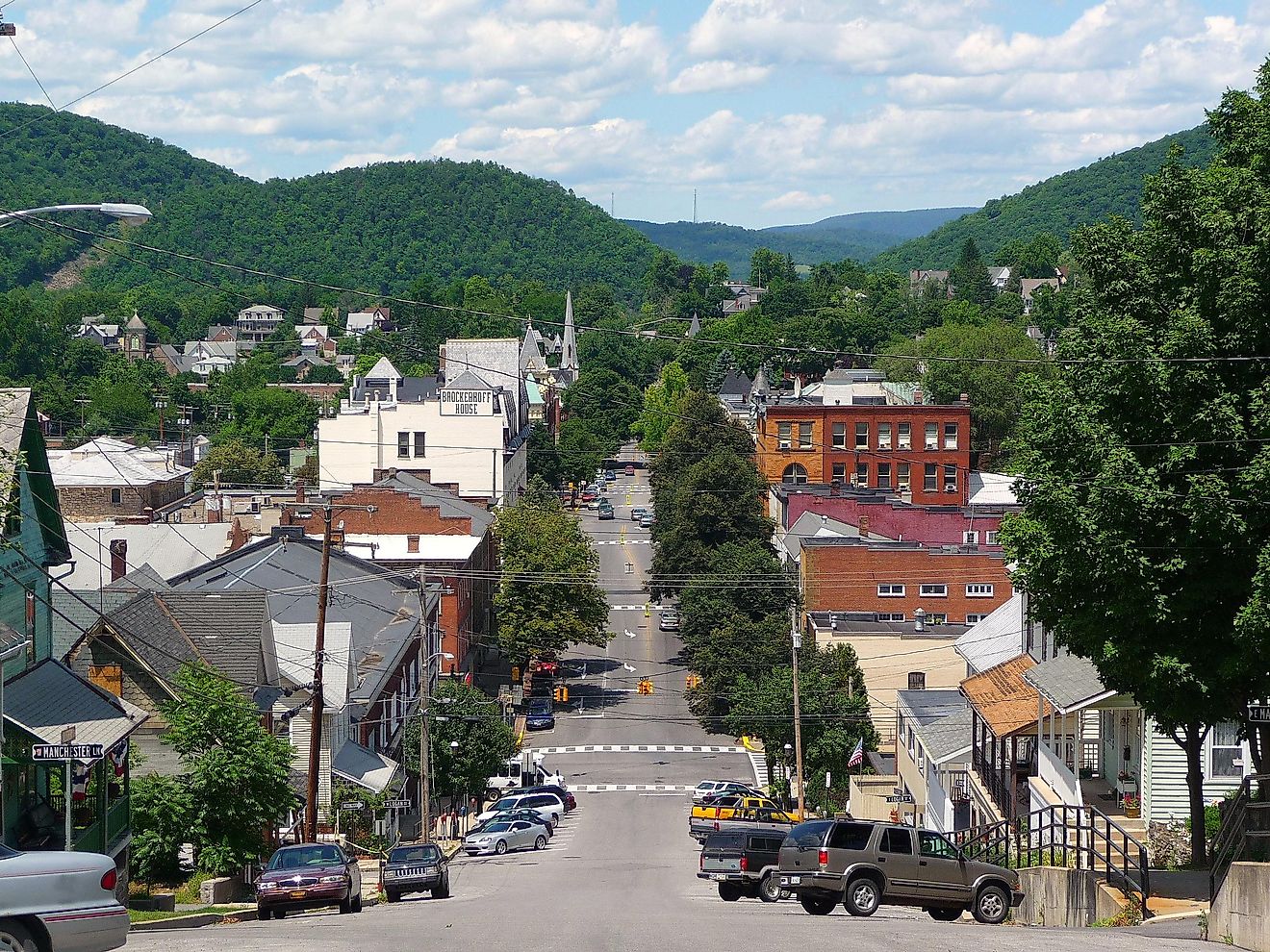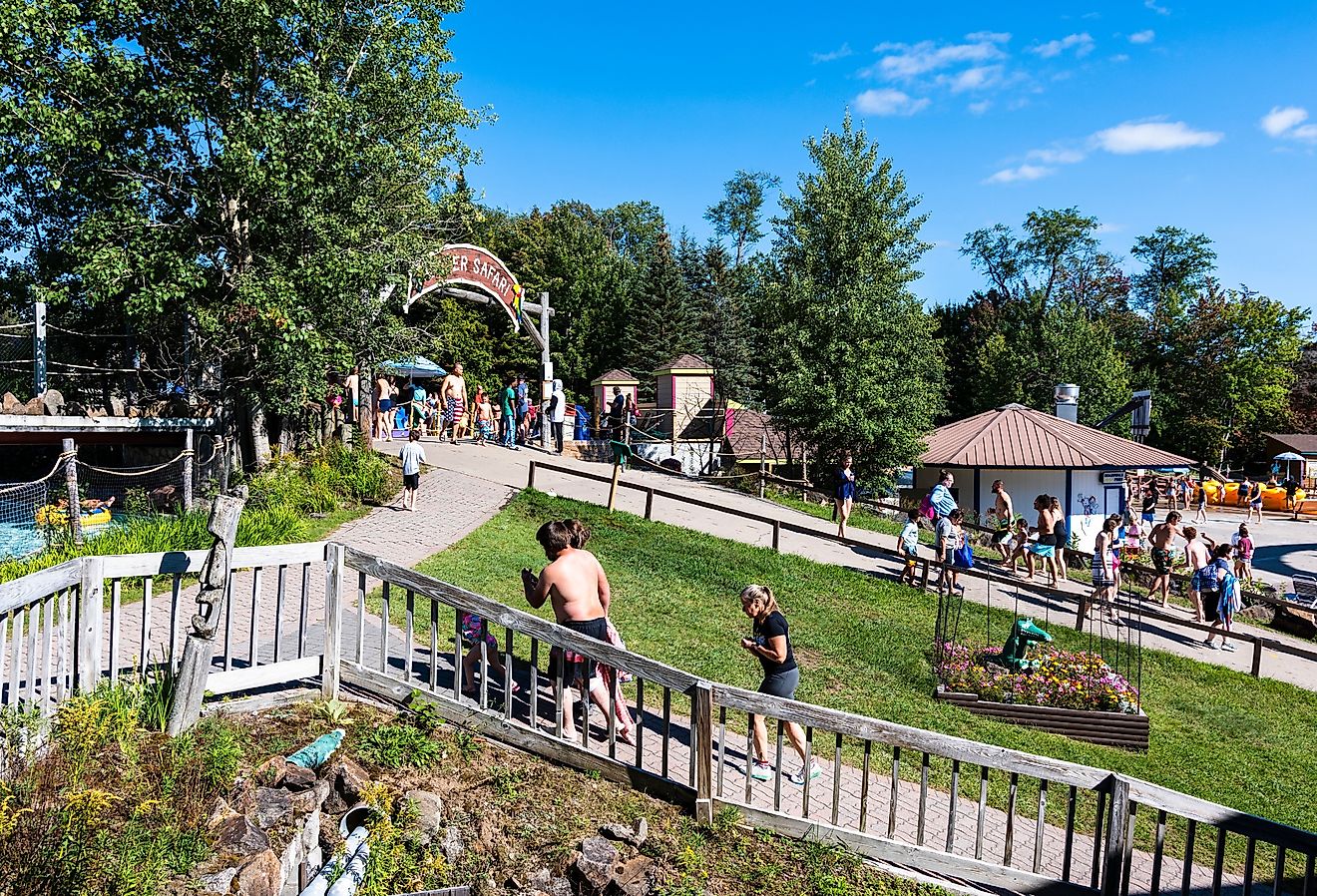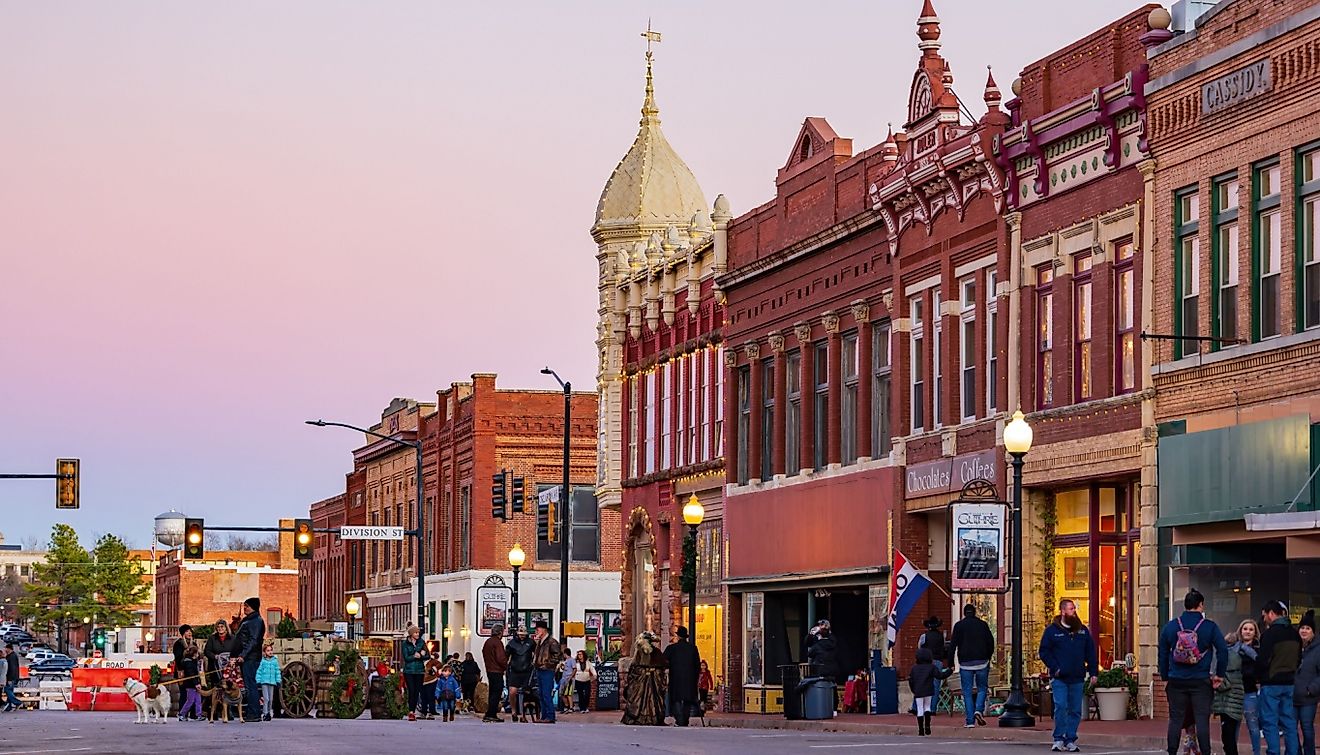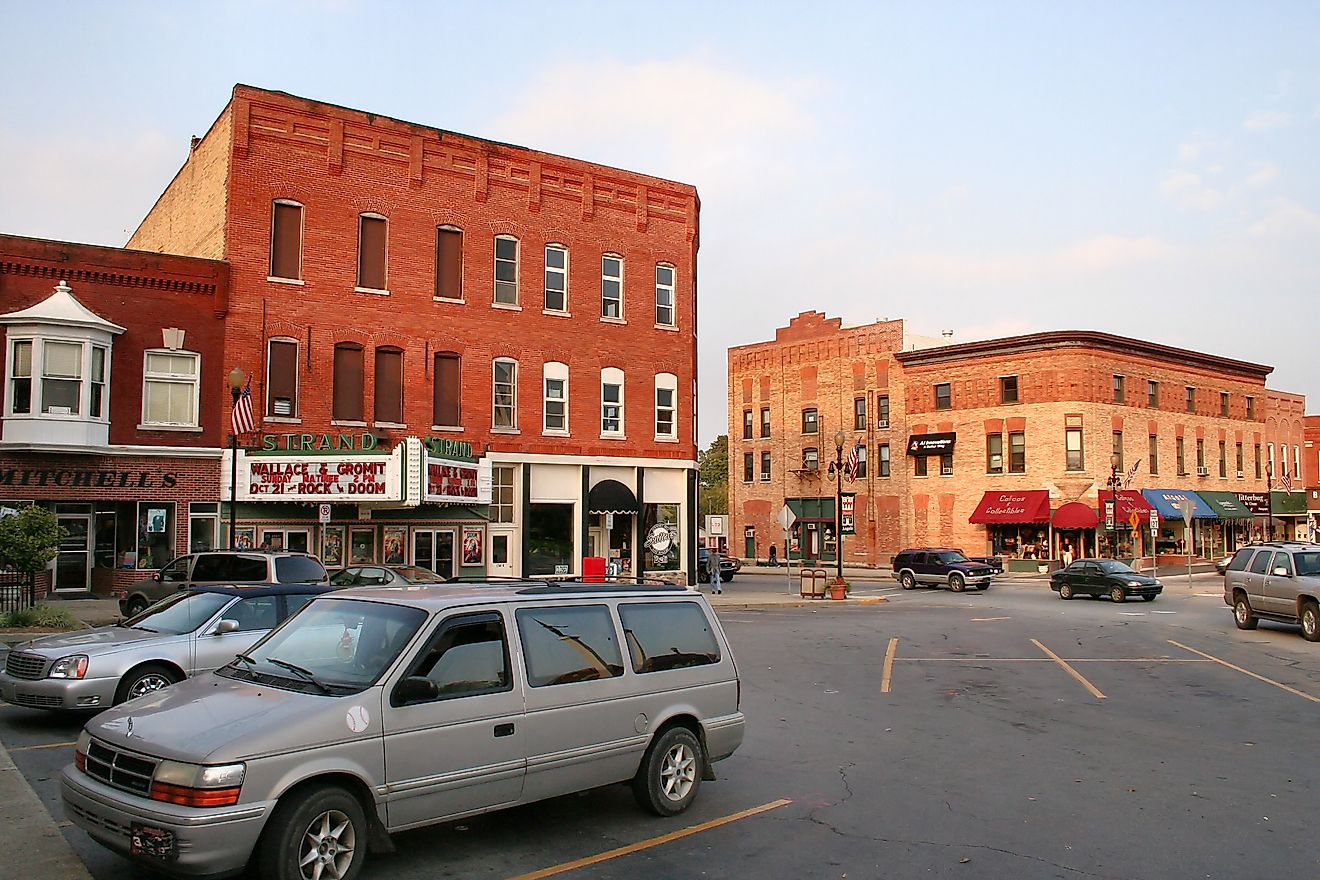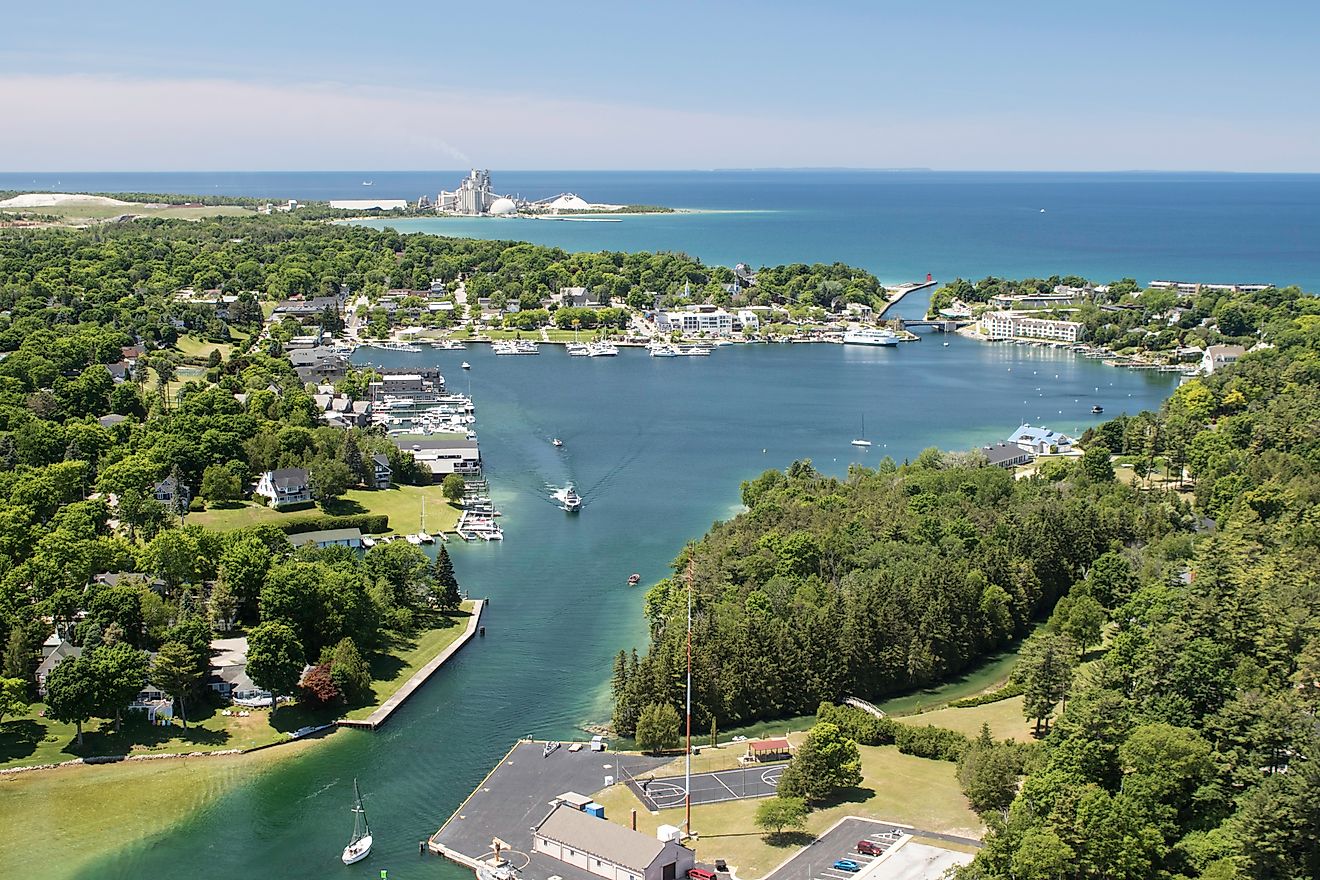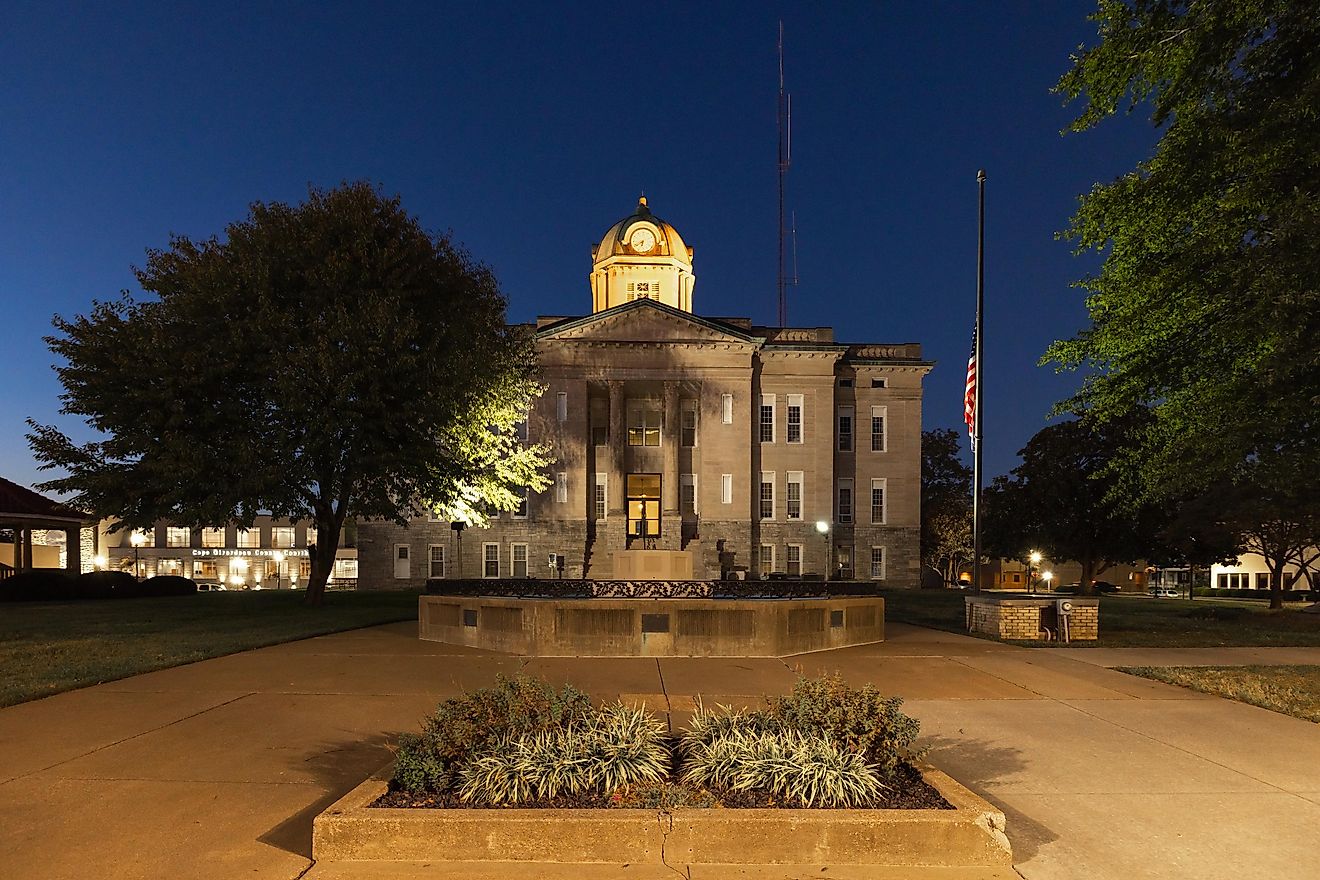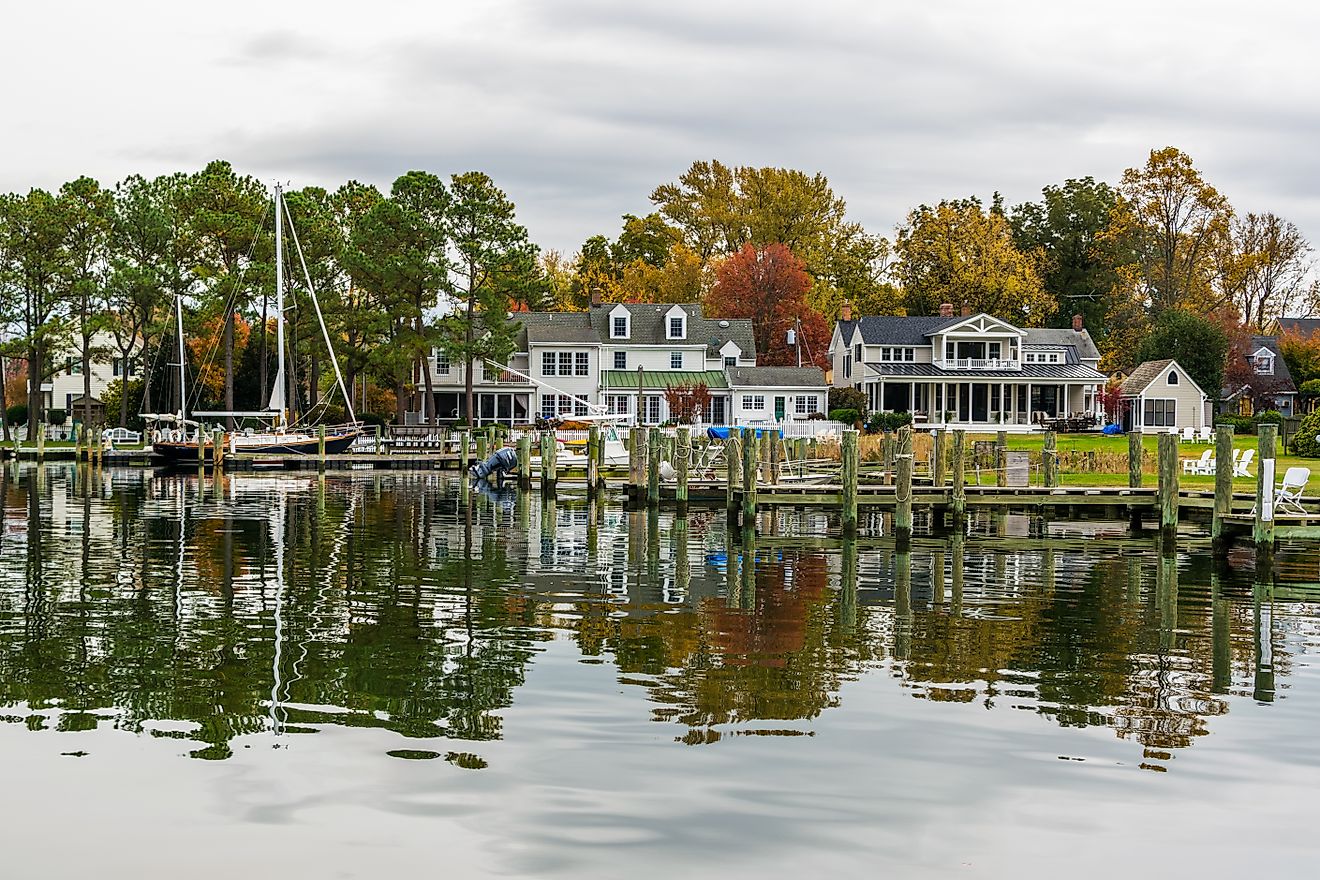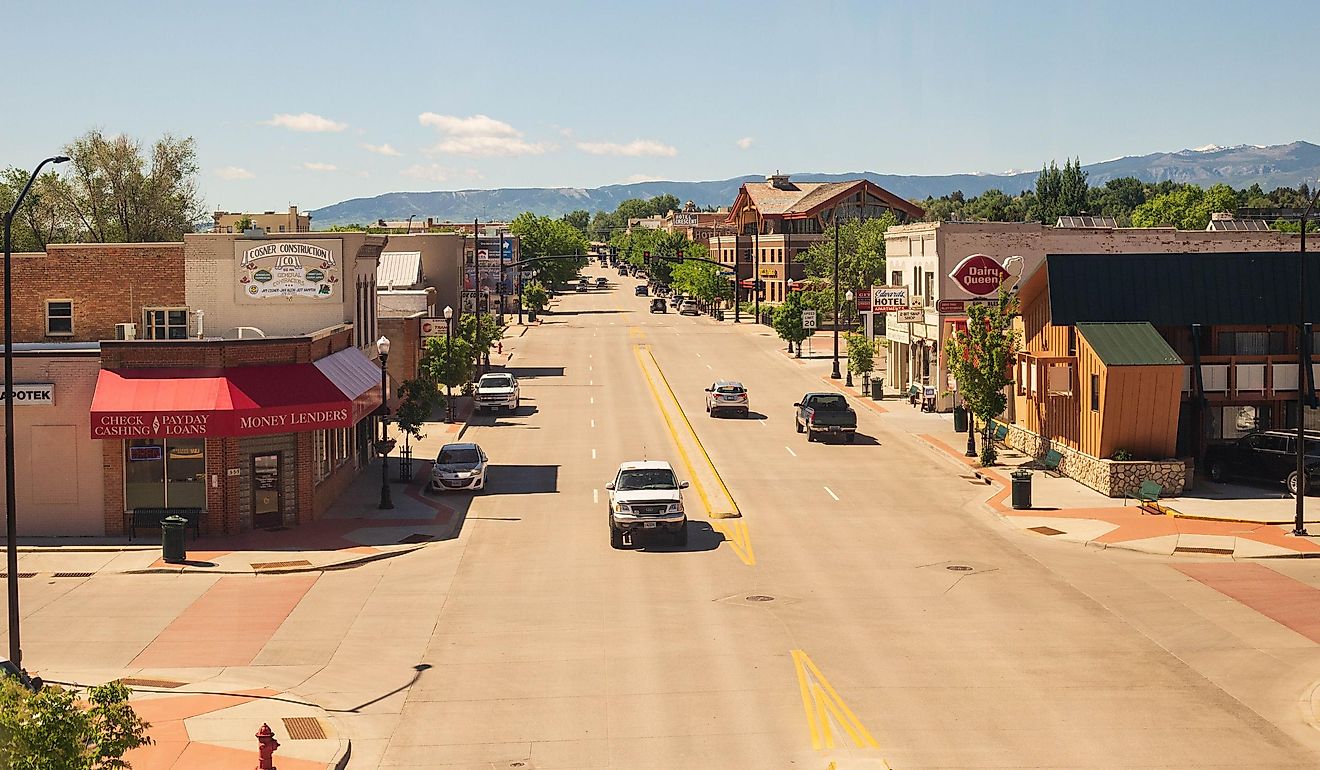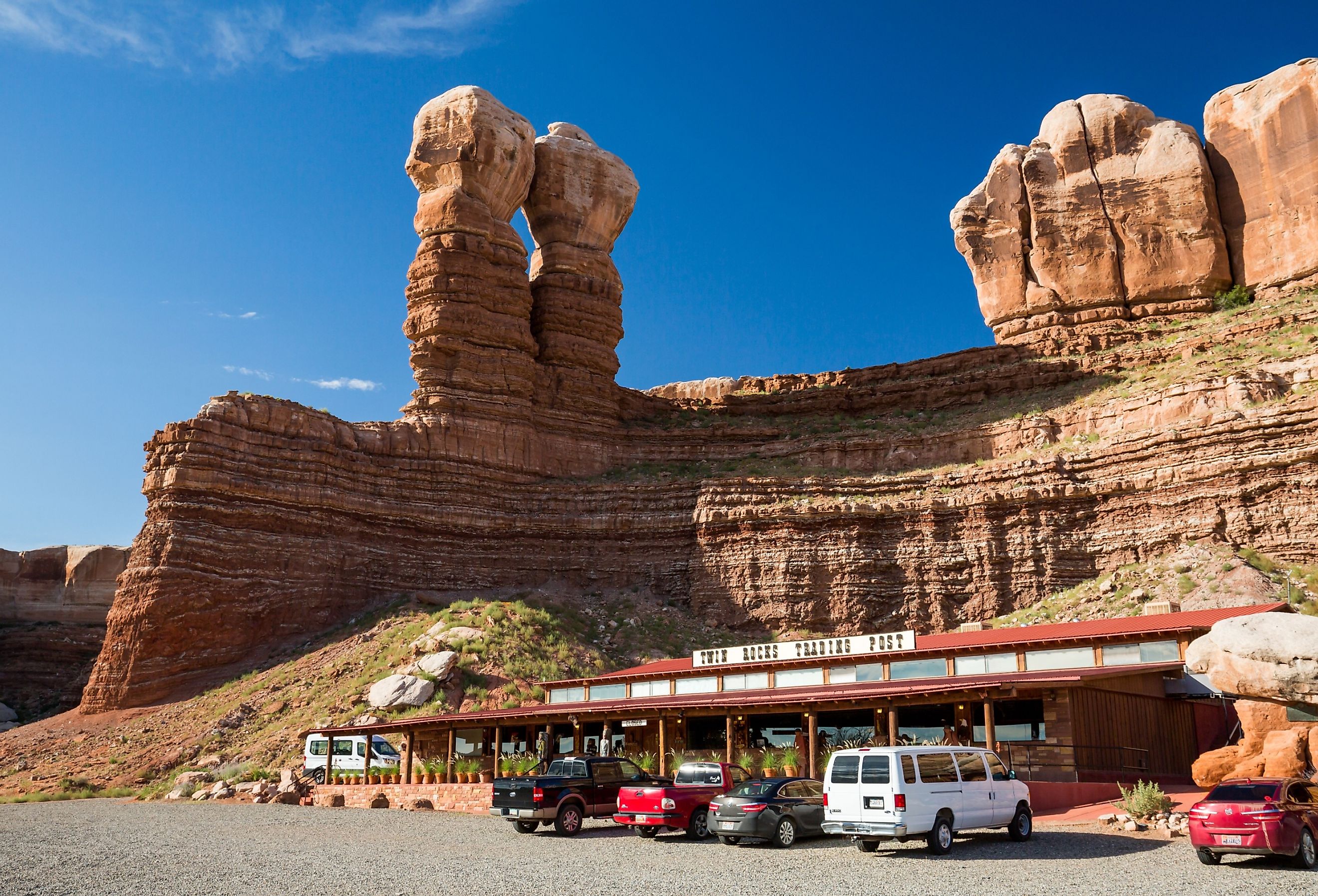
6 of the Most Overlooked Towns in the Colorado Plateau
Not only is the Colorado Plateau big—it covers a whopping 240,000 square miles (100 million acres)—it just so happens to be one of the most unique places to visit in the USA. Centered in the country’s Four Corners, an area of the Southwest that borders Utah, Arizona, New Mexico, and Colorado, it is here that travelers can see more evidence of Earth’s history than anywhere else on the planet.
Colorado Plateau’s diverse ecosystems range from dramatic Red Rock canyons to spectacular alpine forests and mountain peaks, making it home to some of the wildest areas in the country. Within this vast and varied terrain are many often overlooked small towns that, if visited, will not only reveal some of the Southwest’s most interesting landscapes but also some of the region’s best attractions. Find out more about six of the most overlooked towns in the Colorado Plateau region of the US.
Bluff, Utah
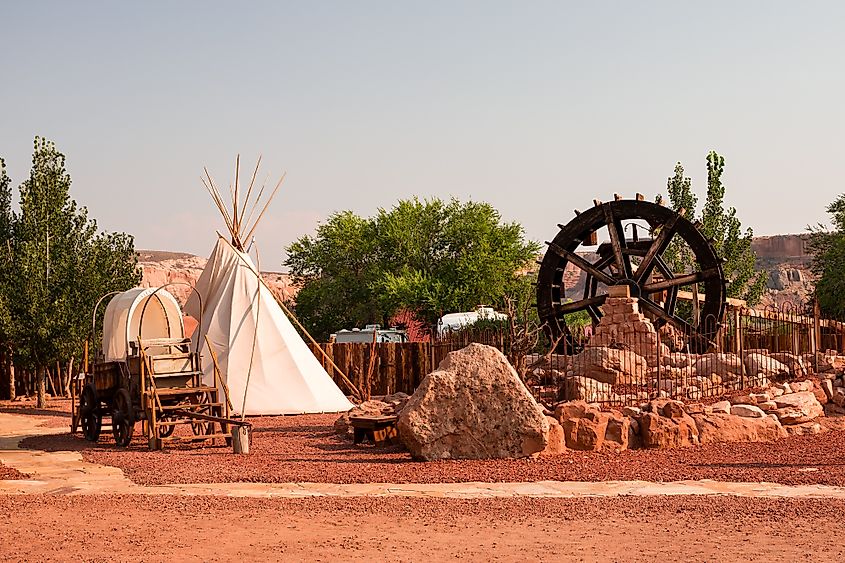
Despite only having 246 residents, the tiny village-like community of Bluff in Utah boasts a surprising number of fun things to do for those who do venture to it. Located in the southeastern corner of the state, roughly halfway between Denver and Las Vegas, the town’s top attraction is Bluff Fort Historic Site, a mix of original and reconstructed buildings that provide a glimpse into the lives of the pioneers who braved the harsh desert to establish the community in the late 19th century.
Bluff is also ideally situated to explore the Bears Ears National Monument, a sprawling expanse of public land known for its striking rock formations, ancient cliff dwellings, and petroglyphs. It’s a great location for hiking and photography, as well as learning more about the rich cultural heritage of the Native American tribes who have inhabited the region for thousands of years. Another must-visit, the Valley of the Gods also features towering sandstone monoliths accessible via a lovely scenic drive.
Escalante, Utah
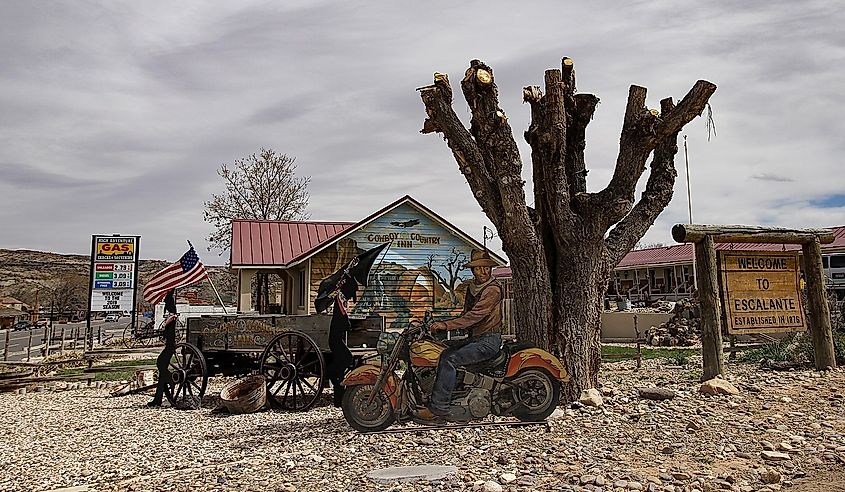
Escalante in Utah is a great place to visit for those wanting to see the Grand Staircase-Escalante National Monument. This largely untouched region of the Colorado Plateau surrounds the town and is a treasure trove of geological formations, from vast flat-topped mesas to deep canyons. The awe-inspiring Slot Canyons, including Peek-a-Boo and Spooky Gulch, are must-visits here and consist of narrow and winding with undulating walls of Navajo sandstone. This otherworldly landscape is also a photographer's dream, especially if you’re able to navigate through some of the area’s tightest spaces in pursuit of that unforgettable photo.
Another highlight is Lower Calf Creek Falls, a stunning 126-foot waterfall that cascades into a crystal-clear, green-hued pool. Accessible via a moderate six-mile round trip hike, the route includes many scenic canyons and follows Calf Creek. Ancient petroglyphs and several beaver ponds add to the enchantment of the journey. Round off a visit by popping into the Escalante Heritage Center with its interesting displays relating to the town's early settlers.
Monticello, Utah
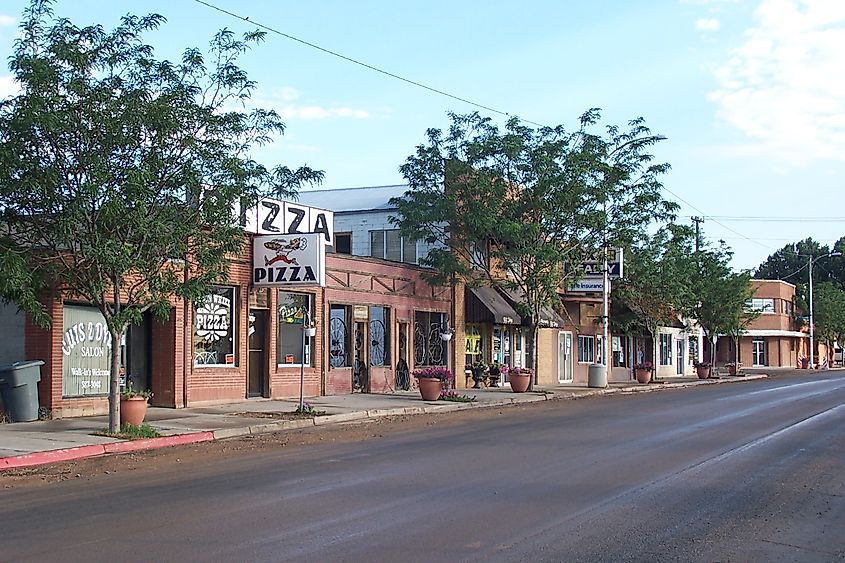
Monticello is just an hour’s drive south of Moab, one of Utah’s most popular playgrounds for outdoor adventurers, and makes for an excellent alternative to its busier neighbor. Situated at the base of the Abajo Mountains, this peaceful retreat is perfect for outdoor enthusiasts looking for an authentic Colorado Plateau experience. A big plus is the fact the town's elevation of just over 7,000 feet ensures a generally cooler climate, making summer visits more manageable for heat-averse travelers.
Top attractions here include the Newspaper Rock State Historic Monument. Located a short drive from town, this ancient site features a large rock panel with one of the world’s largest known collections of petroglyphs. Dating back over 2,000 years, it was carved by Native American tribes that once inhabited the region. Canyonlands National Park, specifically the Needles District, is also close by, a great spot for hiking, camping and, in winter, cross-country skiing and snowmobiling.
Page, Arizona
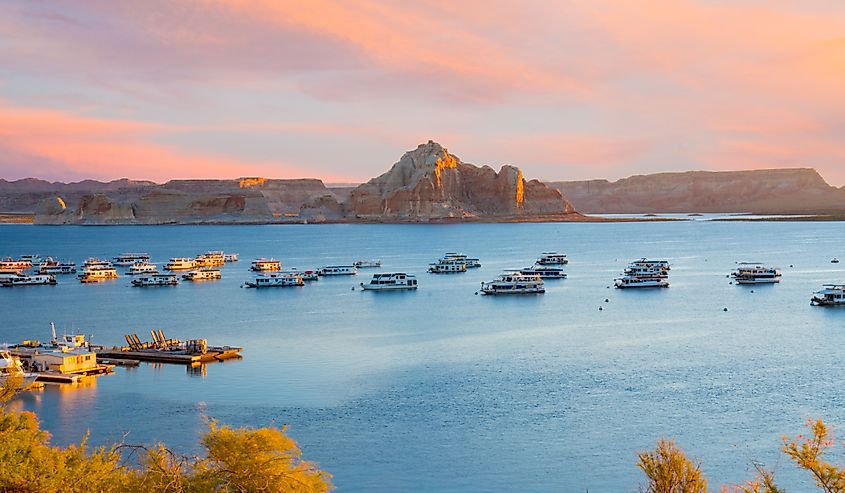
One of Arizona’s most northerly communities, the small town of Page is on the southern shores of Lake Powell, making it a scenic spot to stop for travelers exploring the Colorado Plateau. In addition to getting out and about on the water, visitors will want to explore Antelope Canyon. This famous slot canyon is known for its wave-like structure that makes for a spectacular photo opportunity as light beams shine down into the openings of the canyon. This somewhat surreal environment is divided into two sections, the Upper and Lower Antelope Canyons, both offering unique perspectives of these magnificent wind-carved creations.
Horseshoe Bend is close by and offers another stunning viewpoint. It’s here that the Colorado River meanders around a rock formation, in the process creating a magnificent horseshoe-shaped bend. An overlook provides stunning panoramic views, with the emerald-green river contrasting against the stark red cliffs. It is an especially striking sight at sunset.
Kanab, Utah
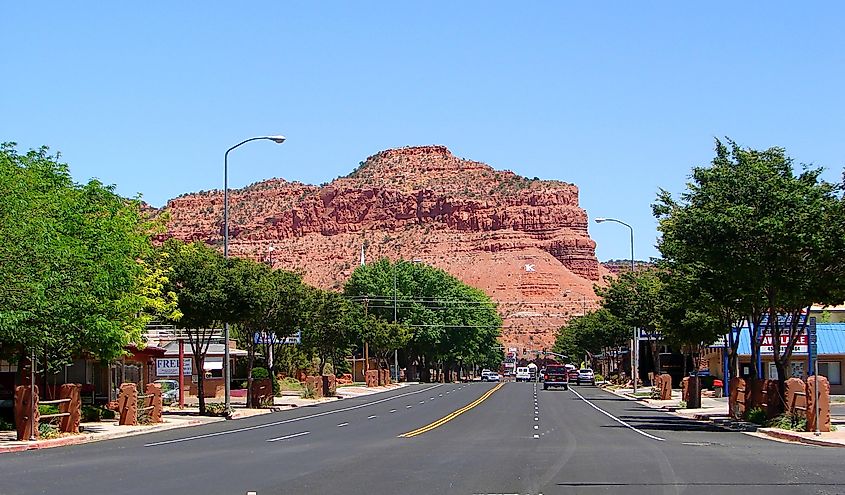
Back in Utah, Kanab makes for a great excursion for those planning to visit Grand Canyon National Park and is only 80 miles from the canyon’s North Rim Visitor Center. Known as "Little Hollywood" due to its role as a backdrop for countless classic films and TV shows, Kanub's most compelling attraction is Coral Pink Sand Dunes State Park. Consisting of 1,200 acres, its vibrant pink dunes were formed from the erosion of pink Navajo sandstone cliffs. Visitors can enjoy hiking, off-roading in jeeps or ATVs, or simply marvel at the dunes' surreal beauty.
Kanab also serves as a gateway to several of the region's national parks, including Zion National Park and Bryce Canyon National Park; both are popular for their breathtaking landscapes and numerous hiking trails.
Blanding, Utah
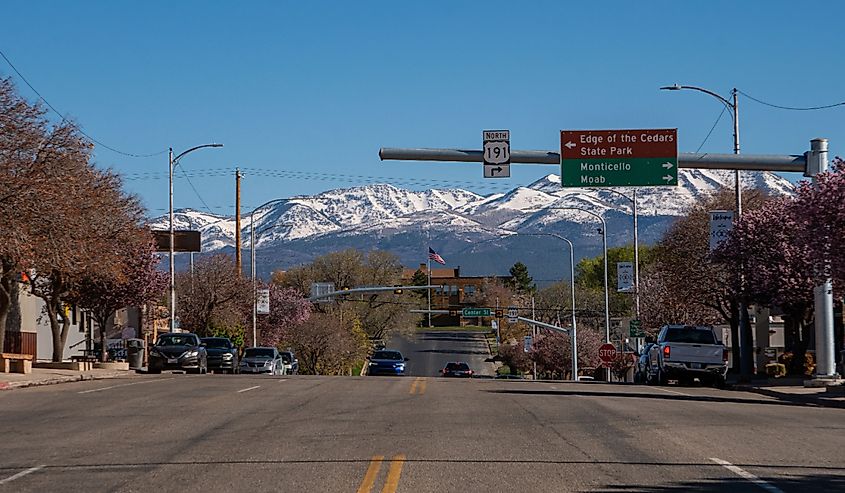
Located between Monticello and Bluff, Blanding is often overlooked by travelers exploring the region in favor of bigger destinations such as Las Vegas or Albuquerque. Boasting a cozy, small-town atmosphere, Blanding is an excellent base from which to explore Southeastern Utah attractions such as the Edge of the Cedars State Park Museum, an archaeological site with an impressive collection of Ancestral Puebloan artifacts and a restored ceremonial room known as a kiva.
Just a short drive from Blanding is Natural Bridges National Monument, home to some of the largest natural bridges in the world. Carved from the white sandstone of Cedar Mesa over millennia, a network of hiking trails and viewpoints provide up-close experiences of the famous Sipapu, Kachina, and Owachomo Bridges.
The Colorado Plateau's lesser-known towns each possess a special charm and natural beauty that warrant their being included on any Southwestern US travel itinerary. Covering an area known as the “Four Corners” and including parts of Utah, Arizona, Colorado, and New Mexico, it is here that often overlooked communities like Bluff, with its ancient ruins, and Kanab, with its dramatic, film-worthy landscapes, await adventurous travelers. Find out more and be inspired in six of the most overlooked towns in the Colorado Plateau.
